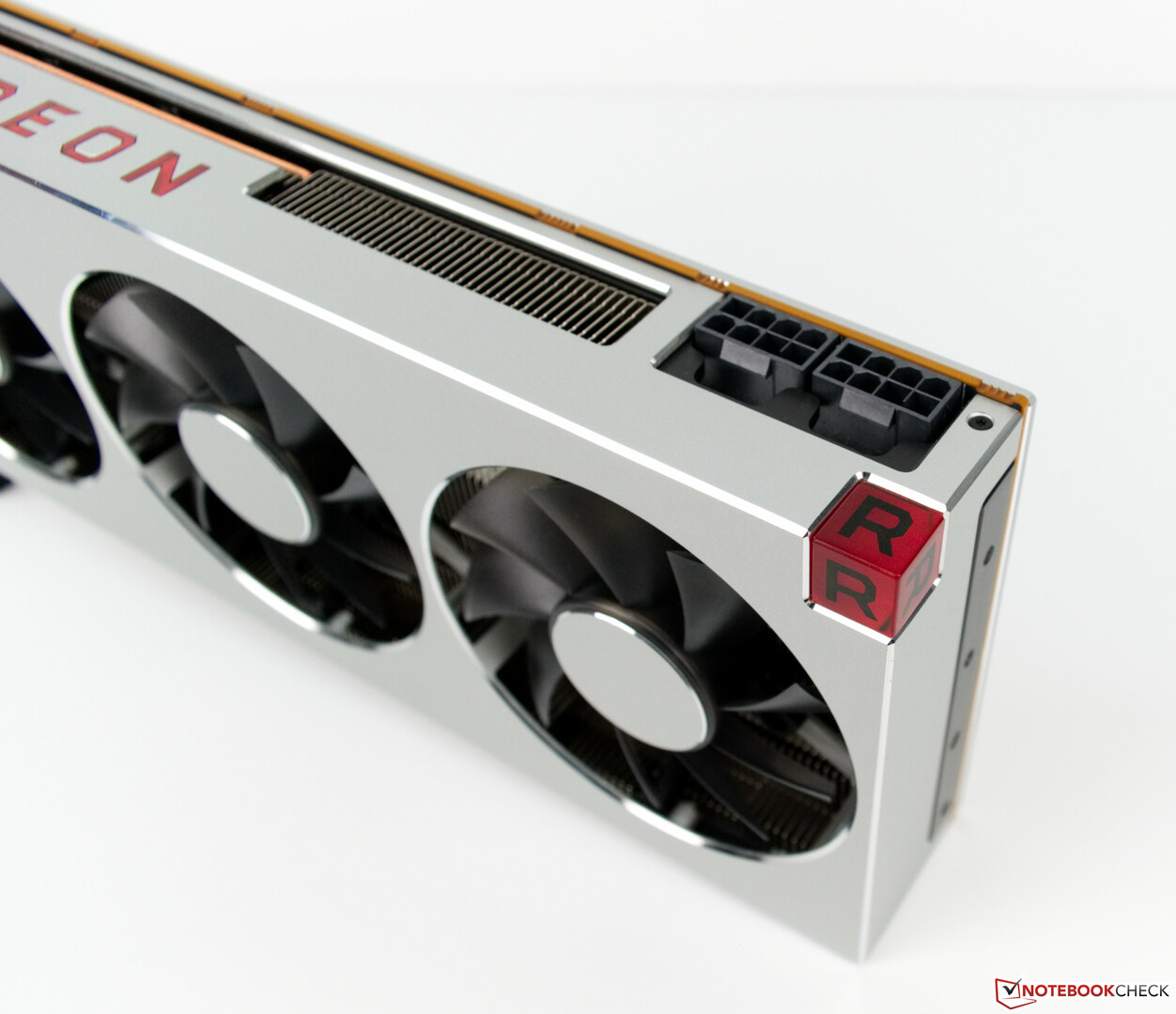

NVIDIA GeForce RTX 2080 Ti (11GB 417.71)įor an in-depth pictorial look at this build, head here.īenchmark results are categorized and spread across the next four pages. AMD’s Radeon Pro WX 8200, priced $100 higher than the VII, is also included.ĪMD Radeon VII (16GB Jan 22 Press Driver) That GPUs include NVIDIA’s top GeForce, 2080 Ti, the new Quadro RTX 4000, priced $200 above the VII, last-gen’s TITAN Xp, which NVIDIA blesses with workstation enhancements, as well as last-gen’s top normal Quadro, the P6000.

More would have been tested had time allowed it, but since it didn’t, we chose what we felt were the six most relevant GPUs to help paint a useful picture of workstation performance. Six graphics cards have been tested for this article. The tests chosen cover a wide-range of scenarios, from rendering to compute, and includes the use of both synthetic benchmarks and tests with real-world applications from the likes of Adobe and Autodesk. On the following pages, the results of our WS GPU test gauntlet will be seen. With most everything successfully brain-dumped to this first page, we’ll quickly tackle test stuffs below, and then jump right into Radeon VII workstation testing. The VII also takes after the FE with its 300W TDP, a value we don’t think tells the full story (as our numbers are better). The VII is not only 700 GFLOPS faster, it also doubles the memory bandwidth, with the same amount of HBM2. To better understand AMD’s current offerings both for gaming and workstation, here are some specs:Īrchitecture: Radeon RX 550~590 = Polaris Radeon VII, RX Vega 56 & 64 = Vegaĥ GDDR6 (ECC) 6 GDDR5X (ECC) 7 GDDR5 (ECC) 8 HBM2 (ECC)ĩ Includes 2TB of solid-state storage on-card.Īrchitecture: WX 2100~7100 = Polaris WX 8200, 9100 & SSG = VegaĪMD’s Frontier Edition was a monster when it first released, and it continued on as AMD’s fastest GPU until this Radeon VII came along. With 16GB of HBM2, Radeon VII’s memory certainly isn’t going to hold it back. These professionals wouldn’t need optimizations that might exist only on Radeon Pro, and wouldn’t care about higher-tier customer service, or 10-bit color in DX applications. Overall, the Radeon VII seems to be best targeted at those who want a powerful GPU for their creative workloads, but also one for their gaming.


 0 kommentar(er)
0 kommentar(er)
